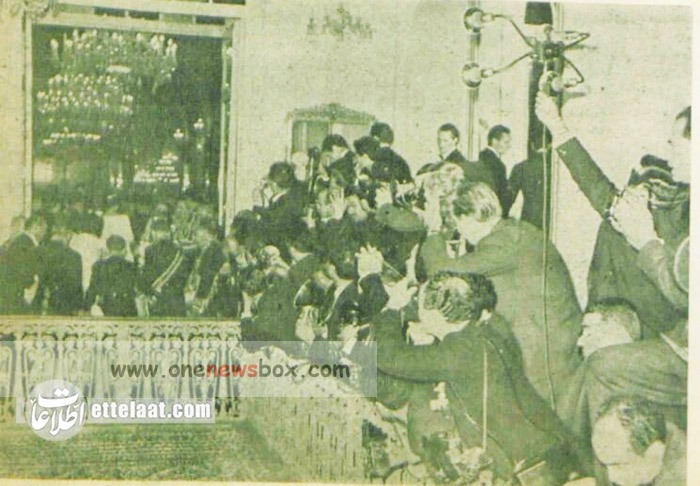On October 27, 1960, Farah gave birth to her first child, Crown Prince Reza Pahlavi. The news of the birth of a son was met with widespread jubilation across Iran, and it was hailed as a triumphant moment for the monarchy. Reza’s birth not only secured the future of the Pahlavi dynasty but also relieved the Shah and Farah of the tremendous pressure that had surrounded their marriage. For a moment, it appeared that the hopes and expectations surrounding their union had been fulfilled. Farah had provided the Shah with a male heir, and with that, the succession was assured.
However, the demands of royal motherhood were far from over. In the years that followed, Farah would go on to have three more children: two daughters, Princesses Farahnaz and Iman, and a second son, Prince Ali Reza. Each pregnancy was closely monitored, and each birth met with varying degrees of public scrutiny. Although Farah had already fulfilled the primary requirement of producing a male heir, the relentless attention on her role as mother never ceased. The pressures on her were compounded by the intense scrutiny of the royal family, both within Iran and internationally.
The Political Implications of Farah’s Motherhood
Farah’s role as a mother was not just a personal matter—it was political in its implications. The monarchy was not simply a family affair; it was the backbone of the Iranian state, and the Shah’s legitimacy rested heavily on the continuity of the Pahlavi dynasty. A failure to produce a male heir would have been seen as a challenge to that legitimacy. The birth of Crown Prince Reza, followed by the births of Farah’s other children, ensured that the Pahlavi family would continue to be associated with the throne for the foreseeable future.

